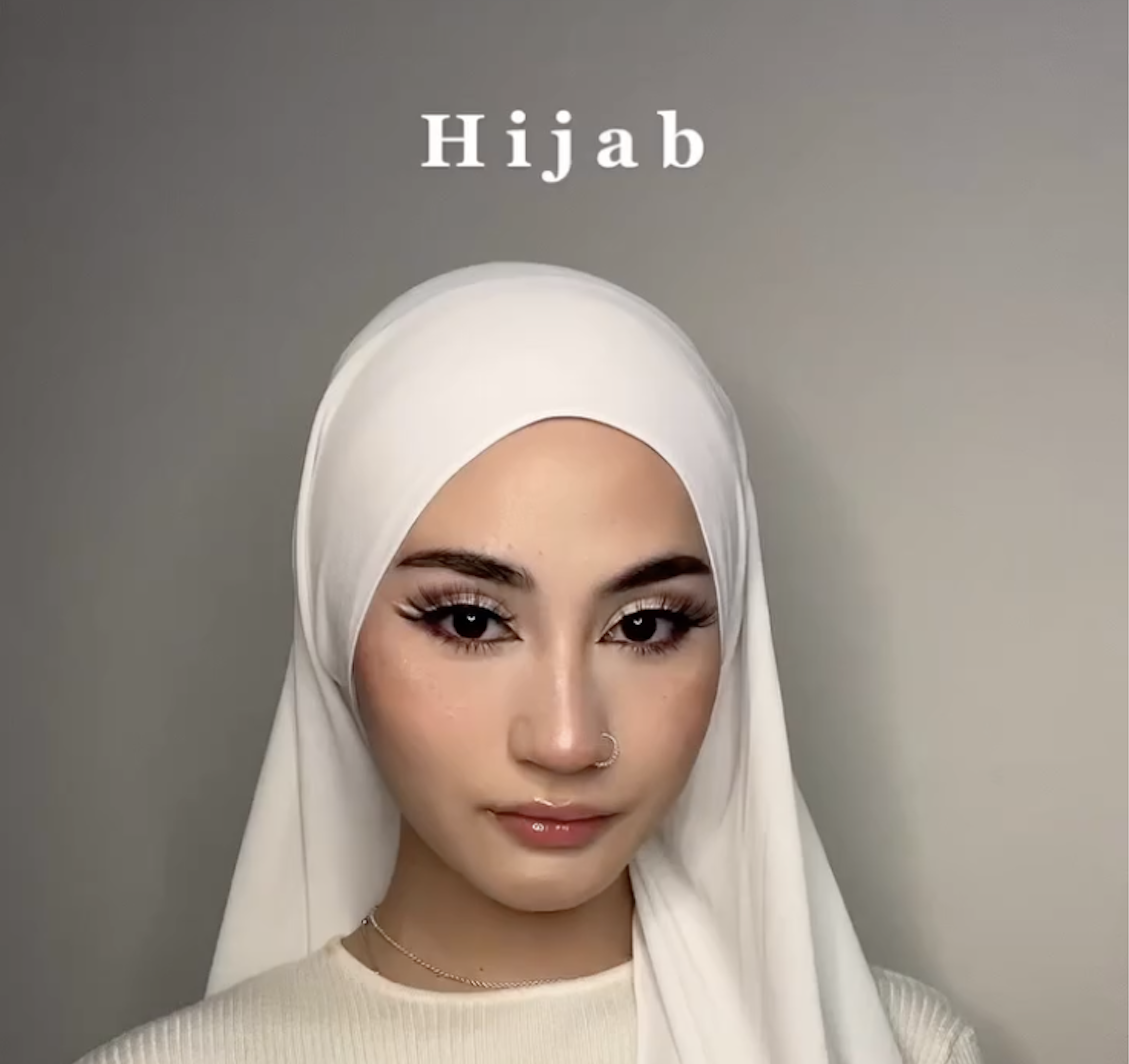 It should not come as a surprise that an expat-driven advertising industry, sitting in a global location such as Dubai, feels uncertain about the idea of Saudi women’s independence and creates work that only reflects this lack of knowledge.
It should not come as a surprise that an expat-driven advertising industry, sitting in a global location such as Dubai, feels uncertain about the idea of Saudi women’s independence and creates work that only reflects this lack of knowledge.
The advertising communications aimed at Saudi women seem to sit on a pendulum.
On the one end sits campaigns filled with liberalism, western clothing and open conversations while, on the other, women are either not addressed directly, absent, or in completely traditional clothing.
In reality, however, most Saudi women today are likely to sit somewhere in the middle of liberalism and traditionalism.
With the abolishment of the guardianship laws came a myriad of changes in Saudi women’s social, work and personal lives.
Social media
But perhaps the most impactful change on how women show up today has come in the form of social media. In a country with such high social penetration rates, their new independence has allowed Saudi women to start their own social accounts.
No longer reliant on joint ones with partners, this has allowed them to explore a digital identity that is solely their own.
A great example of the exploration of this new identity can be seen in the extremely large share of voice that Shein holds in Saudi.
During Eid al-Fitr, the hashtag #EidCoordination was filled with Shein hauls, outfit code and creator styling.
As a brand that offers real time fashion sourcing and purchasing, it has become extremely appealing to a generation of women who have more freedom to play with their modest fashion choices.
This has given them the ability to quickly adopt and reject fashion that they find on TikTok, Snapchat and Instagram.
Exploring digital identities
This exploration has given women confidence to shape who they are and to find their voices on platforms which value expression, such as TikTok.
In recent, digital culture, we’ve seen them using their voice in narratives like the exclusionary #HairTheory trend.
As a trend that focuses on visible hair, Muslim women recently took control of the narrative, starting #HijabTheory.
Where they styled their hijabs in different ways, to make the same point as the #HairTheory trend – that hijab styling can change your face.
While this may initially seem trivial, as an item of clothing that is often seen as a symbol of oppression, this trend demonstrates the power Saudi women are taking back.
Collectivist culture
Community is the soul of Saudi Arabian culture. As a high context society – a culture which is collectivist and relational, rather than driven by individualism – Saudi Arabians operate under an unspoken understanding of cultural behaviours, boundaries and values.
This is largely due to the tight-knit nature of their community. Standing out from the crowd and trying to break away is not looked upon favourably.
So while Saudis value independence and independent thinking, they still largely abide by societal norms.
It’s this nuance that makes defining who Saudi women are today so difficult.

We can also see this dichotomy in the recent TikTok behaviour of only showing micro-moments of romance to your TikTok feed: Combining the societal pressure of privacy with the TikTok behaviour of oversharing.
The latest iteration of this behaviour being the trend of showing only hands and asking fellow TikTokers to ‘put their hand by their husbands and see what he does’.
Evolving the narrative
We can see independence shifting the narrative of women in Saudi Arabia and we can say that they’re having more open conversations, establishing their digital voices and playing with self expression.
But they’re doing it on their terms and within the boundaries of their culture and community.
As an industry that is responsible for representing them and contributing to these conversations, we have a responsibility to do so accurately.
Perhaps it’s time we stopped telling women who they are in campaigns that are way off the mark, and started collaborating with them to make work that shapes their story in ways they want it to be shaped.
By Danielle Bedin, senior strategist at Socialize









